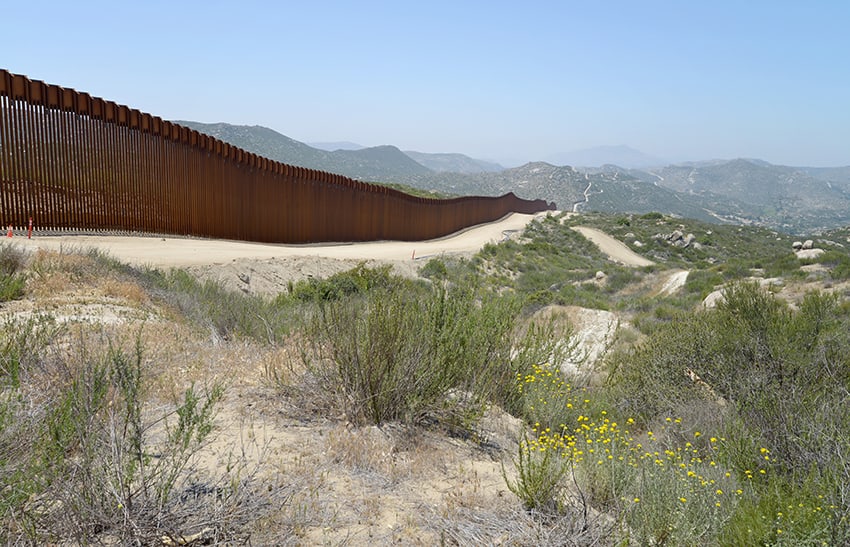A vast majority of people who live in the United States and Canada will “fall back” this weekend when daylight saving time ends. But what will happen in Mexico, whose Senate voted last year to eliminate the mostly North American and European practice?
Mexico ended Daylight Saving Time for the last time in October 2022 across the majority of the country, meaning most Mexicans will not set their clocks back one hour this fall.

Why did Mexico stop observing daylight saving time?
The new law, which was pushed by President López Obrador, means they didn’t “spring forward” an hour last March, and therefore, won’t have to set their clocks back this weekend.
Thus, it won’t be getting darker an hour earlier. For example, in Mexico City on Sunday, sunset will be at 6:01 p.m., the same time as the evening before.
However, a number of Mexican locales do observe daylight savings time — mainly in areas close to the U.S. border.
People in the entire state of Baja California, plus those in more than 25 municipalities in five other northern states, will be setting their clocks back an hour this weekend to stay in sync with their U.S. neighbors, so as to not lose the economic and administrative relations they maintain.
Which cities still observe daylight saving time?
This list includes cities such as Tijuana, Mexicali and Ensenada (Baja California), Ciudad Juárez (Chihuahua), Piedras Negras and Acuña (Coahuila), and Nuevo Laredo, Reynosa, Río Bravo and Matamoros (Tamaulipas). No big cities in Nuevo León use daylight saving time anymore.
The northern state of Sonora discontinued the observance of daylight saving time in 1999 to match most of neighboring Arizona.

Quintana Roo is also a bit of an anomaly among Mexico’s four time zones. In 2015, the state, which includes Cancún, Tulum and Playa del Carmen made a tourist-related decision to shift into the Eastern time zone (and to stop observing daylight saving time).
After Saturday night, people in Quintana Roo will thus be back at the same time as New York City in Eastern Standard Time (EST), after spending the summer months one hour earlier in Central Daylight Time (CDT).
Eschewing daylight saving time led to some confusion throughout Mexico over the summer. Because much of the country remained on Central Standard Time (CST), it no longer matched up with Chicago when the Windy City shifted in March to CDT, but instead was on the same time as cities such as Denver in Mountain Daylight Time (MDT).
After Saturday night, most of Mexico will be back in sync with Chicago again.
